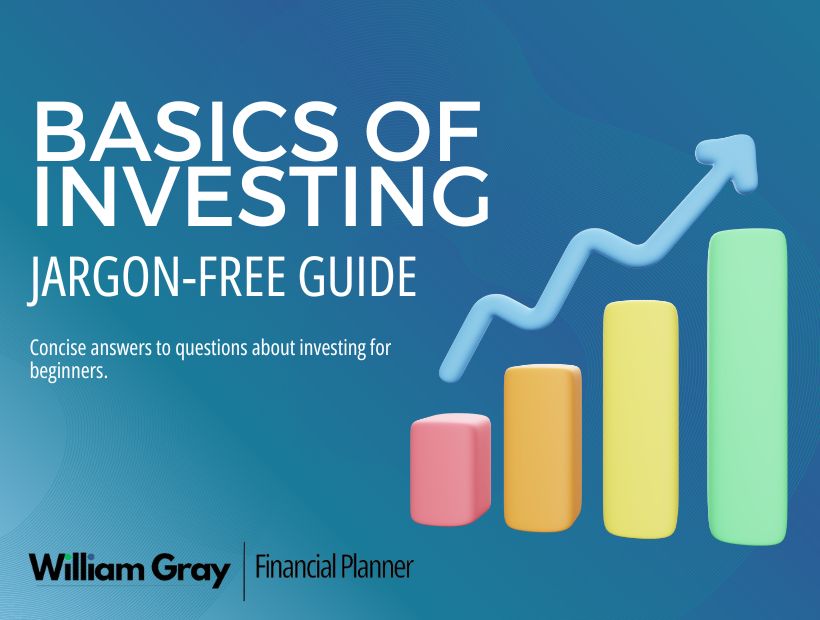Investing for expats can be a minefield. Financial advisers talk a lot about the average annual returns a client can expect from an investment. People know that the S&P 500 (an index of the top 500 companies in the US) has returned around 10% per year, on average.
It’s important investors understand that these averages are just that… averages.
As you can see in the chart below, annual returns in the S&P since 1926 have almost never actually been 10%…

If you’re expecting linear returns, you won’t find them in the stock market. That said, I’ve always noted to my clients that investing for expats (or anyone for that matter) is only appropriate when you have a time horizon of five years or longer.
There really is no point in dwelling on short-term price movements, as indexes will often suffer major drawdowns interyear, only to end on a positive return.
Ultimately, it’s those who are patient who yield the best returns from stock investing. No other skill can bring you better returns than simple patience.
There are plently of cliche Warren Buffet quotes I could use to highlight this point – but I’ll just put it more bluntly: Think in Decades, Not Days!
With stock markets around the world setting all-time highs, it’s an exciting time to be invested – but if your time horizon is 10 years, then say it with me: today’s prices don’t matter.
Always set a time horizon. Always set a goal. This removes short-term panic. Markets swing violently in the short-term, which is both normal and very healthy – it’s a sure sign of a liquid and bountiful market.
What about fixed-income investments for expats?
Fixed-income offers a more reliable way to generate predictable returns.
For example, a US 10-Year Treasury Bond paying 4.25% annual interest will generate that amount (on the nominal value of the bond) every year. This is, however, a much lower return than the 10% long-term annual average certain stock indices can provide.
At the time of writing, US CPI (inflation) is at 2.7%, or 3.1% excluding food and housing. This means the real returns of a treasury bond are very low.
There are fixed income investments that pay much higher returns – some advertising up to 15% per year. These are especially common in the international investing space. BUT you need to be aware that these are extremely risky.
Fixed income products offering higher rates than stocks are usually single-company loan notes that can collapse and can lose the investor 100% of their capital invested.
You get nothing for free in the markets (or anywhere else in life…).
So what do I do if I’m looking for a stable income?
Those seeking stable income, in retirement for example, should look to build a diversified portfolio of income-producing assets, and ideally keep some powder in growth assets for long-term use. They should also make sure to keep a few years in cash equivalents to pay for immediate income needs if in retirement.
If you are younger (20s, 30s, 40s) then please understand that for most people in your situation, a portfolio heavily comprised of income-producing assets is likely to lead you to low growth and risk of running out of money in retirement.
Speak to a professional financial planner (like me!) to build a plan that is suitable for your stage in life, your income needs, and your risk profile, as well as your values and life goals.
That’s all for today. Enjoy your week.
This article is intended for informational purposes only and is not investment advice. Please seek professional advice before making investment decisions. Be aware that you can lose money when investing.


